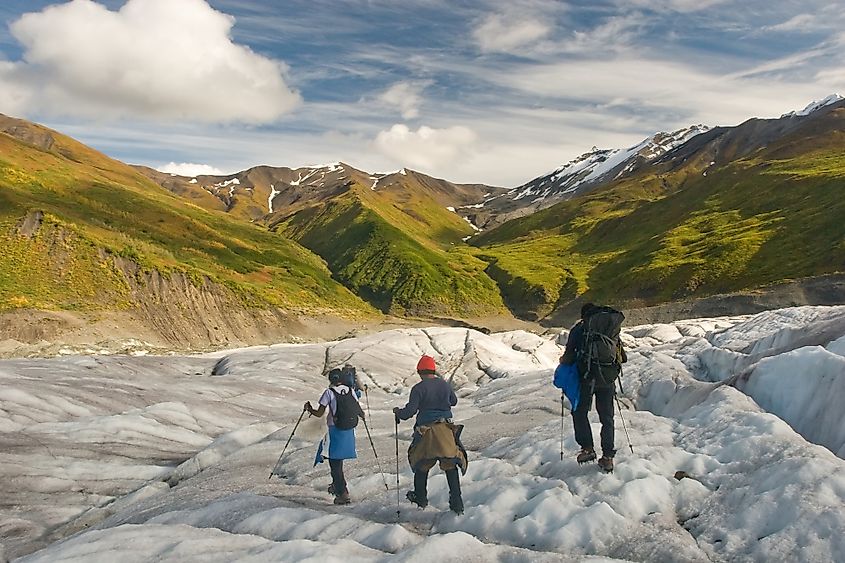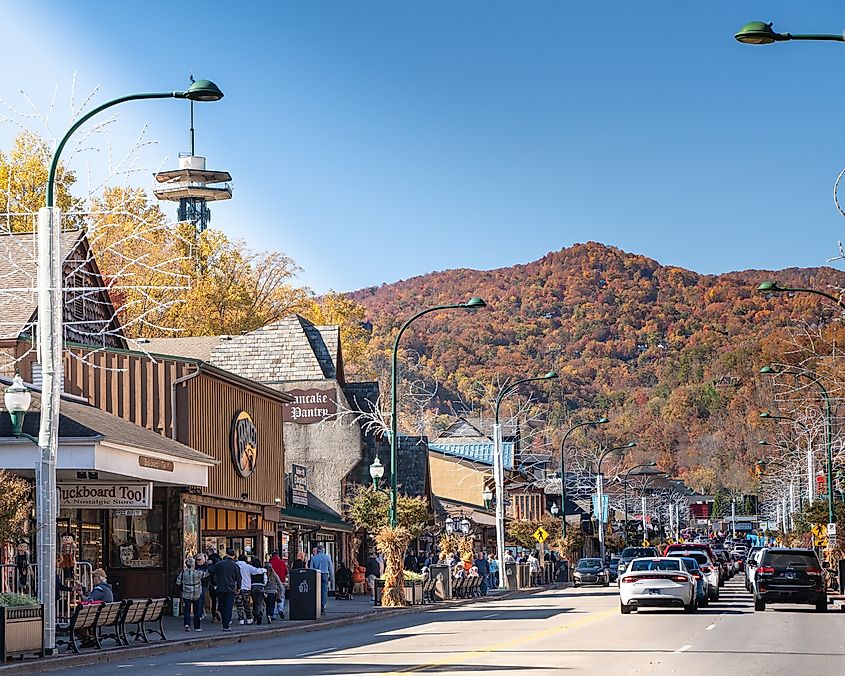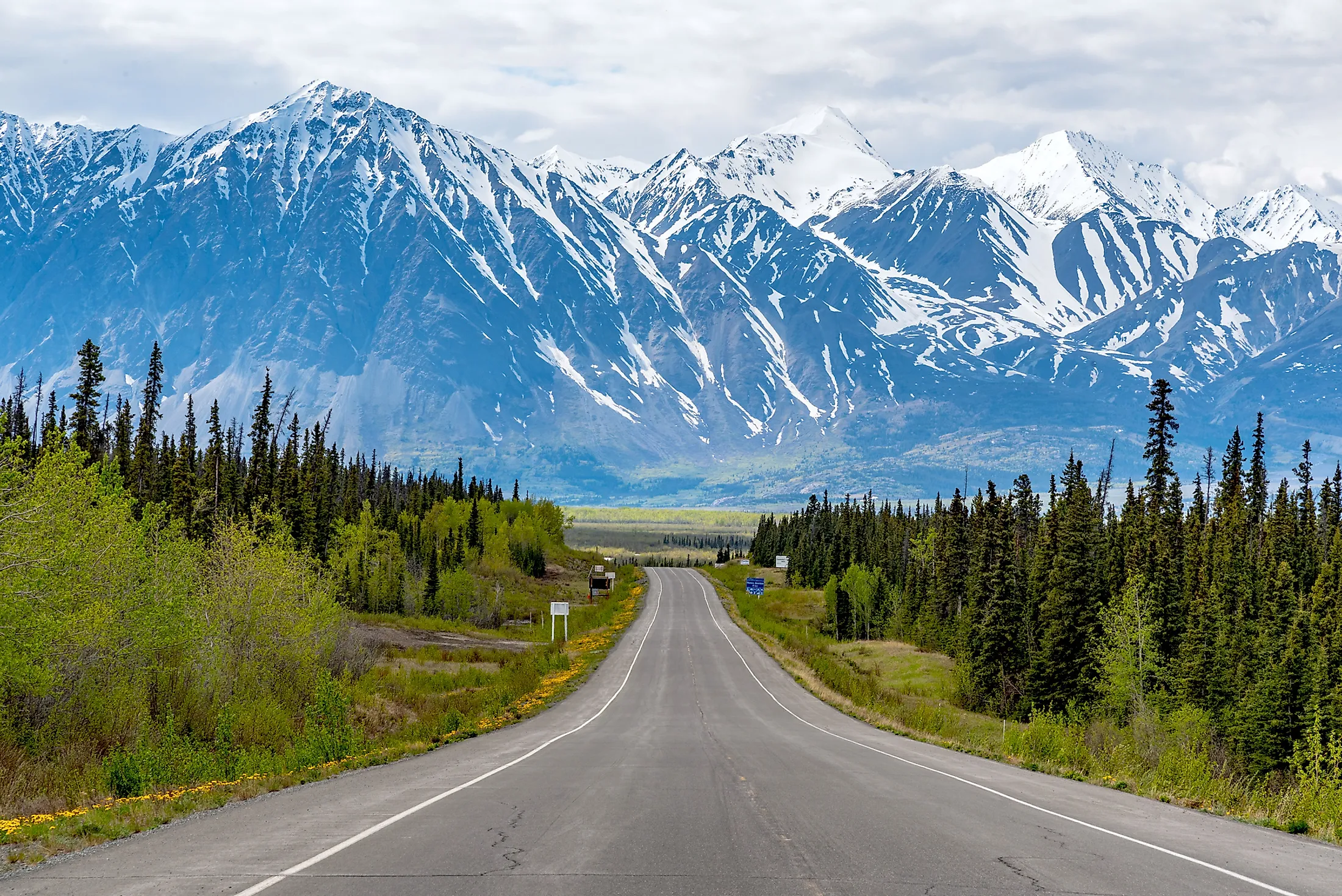
Giants of Ice and Fire In Wrangell St. Elias National Park and Preserve. This vast and untamed wilderness, a land of active volcanoes, immense glaciers, and remnants of a bygone copper rush era, remains a largely unexplored treasure within the United States’ national park system. Wrangell-St. Elias, a landscape that dwarfs even some European nations, offers a unique and challenging experience for those willing to venture into its remote embrace.
Spanning 13.2 million acres, Wrangell-St. Elias is not just the largest national park in the US; it is a testament to the raw power and enduring beauty of the natural world. From the seismic murmurings of Mount Wrangell to the silent, slow-motion rivers of ice, and the ghostly echoes of mining towns, the park presents a panorama of contrasting elements that define its character. Its sheer size contributes to its relative isolation, shielding it from the mass tourism that impacts other national parks. This isolation, however, is also its allure, offering visitors a chance to connect with nature on a profound level.
Location, Geography, and Accessibility:
The park’s location contributes significantly to its low visitor numbers. Situated east of Anchorage, bordered by Canada to the west, the Gulf of Alaska to the south, and the Alaska Highway to the north, Wrangell-St. Elias is geographically removed from major population centers and transportation hubs. Accessing the park requires a dedicated effort, often involving travel on the challenging McCarthy Road, a 60-mile gravel track notorious for its demanding conditions. The road, a remnant of the copper mining era, necessitates a robust vehicle and a preparedness for potential tire blowouts. Alternatively, the Nabesna Road provides access to the park’s northern reaches, offering a different perspective on its vast landscapes.
For those seeking a less arduous journey, air travel from Anchorage or Chitina offers a quicker, albeit more expensive, option. Shuttle services are also available from these locations. Riverboat access, while the most adventurous, presents the formidable challenge of navigating near-freezing waters. Once within the park boundaries, the scale of Wrangell-St. Elias unfolds, revealing a diverse topography that includes volcanic fields, glacial systems, and historical sites.
Volcanic Activity and Glacial Landscapes:
The Wrangell Volcanic Field, encompassing over 2,000 square miles, is home to a dozen volcanoes, the most prominent being Mount Wrangell, Mount Drum, and Mount Sanford. While Mount Wrangell remains the only active volcano in the field, its periodic steam emissions and seismic activity serve as a reminder of the powerful geological forces at play beneath the surface. According to a recent report by the Alaskan Volcano Observatory, Mount Wrangell’s geothermal activity releases an estimated 200 tons of sulfur dioxide annually, contributing to the complex atmospheric chemistry of the region.

The park’s glacial landscape is equally impressive, with over 3,121 glaciers covering 6,757 square miles. This accounts for approximately 60% of all glacial ice within the United States National Park system, dwarfing the glacial cover of even Glacier Bay National Park. These glaciers, sculpted over millennia, are dynamic features, constantly advancing and retreating in response to climate fluctuations. Three of North America’s largest glaciers – the Malaspina, the Bering, and the Hubbard – reside within Wrangell-St. Elias, further emphasizing the park’s significance as a glacial sanctuary.
A Glimpse into the Past: The Copper Rush and Ghost Towns:
The history of Wrangell-St. Elias is intertwined with the story of the Alaskan copper rush of the early 20th century. Prior to the arrival of industrialization, the area was inhabited by indigenous tribes such as the Ahtna, Upper Tanana, Tlingit, and Eyak, who maintained a sustainable existence for centuries. The discovery of exceptionally rich copper veins in 1900 transformed the landscape, leading to the establishment of mining towns like Kennecott.
From 1908 to 1938, Kennecott thrived, offering amenities such as the first X-ray machine in Alaska, a testament to the relative wealth generated by the copper mines. However, the boom was short-lived. By the late 1930s, the copper veins had been exhausted, leading to the abandonment of Kennecott and other smaller settlements. Today, Kennecott stands as a preserved ghost town, offering visitors a glimpse into a bygone era. The Kennecott Mines National Historic Landmark showcases the remnants of the mining operation, including the mill buildings, bunkhouses, and the general manager’s office. Other ghost towns within the park, such as Bremner and Chisana, offer a more intimate, albeit less preserved, look at life during the gold and copper rush days.
Experiencing the Park Today:
Wrangell-St. Elias National Park offers a range of activities for adventurous travelers. Unlike many national parks, there is no entrance fee, making it accessible to a wider range of visitors. However, the costs associated with transportation, lodging, and specialized tours can be substantial.
Kennecott Ghost Town is a major draw, offering self-guided tours of the abandoned mining camp. Visitors can explore the historic buildings, learn about the mining process, and imagine life in this remote outpost. The park also offers opportunities for hiking, backpacking, mountaineering, and flightseeing. Flightseeing tours provide a unique perspective on the park’s vast landscapes, allowing visitors to appreciate the scale of the glaciers, volcanoes, and boreal forests.
The Giants of Ice and Fire: Mount Wrangell, Drum, and Sanford:
Mount Wrangell, standing at over 14,000 feet, is one of the park’s most iconic landmarks. Although its last major eruption occurred in 1930, the volcano remains active, with ongoing steam emissions and occasional seismic rumblings. Climbing Mount Wrangell is a challenging undertaking, requiring specialized equipment and experience. Flightseeing tours offer a safer and more accessible way to view the volcano up close.
Mount Drum and Mount Sanford, Wrangell’s "sister" peaks, are equally impressive. Mount Drum, a dormant volcano, offers a challenging climb with stunning views. Mount Sanford, Alaska’s sixth-highest peak, is best viewed from a distance, its snow-capped summit dominating the horizon. The unique geological features of these mountains, including the dramatic cliffs and amphitheaters of Mount Sanford, have intrigued and challenged volcanologists for years. "The sheer scale and complexity of these volcanic landscapes are unparalleled," notes Dr. Emily Carter, a volcanologist at the University of Alaska Fairbanks. "Understanding their formation and evolution is crucial for predicting future volcanic activity in the region."
Glacial Wonders: From Malaspina to Hubbard:
The park’s numerous glaciers offer opportunities for exploration and adventure. The Bagley Icefield, a vast expanse of ice covering multiple glaciers, is a sight to behold. The Nabesna Glacier, the world’s longest interior valley glacier, stretches for over 53 miles. The Malaspina Glacier, North America’s largest piedmont glacier, is larger than the state of Rhode Island. According to a study by the National Snow and Ice Data Center, the Malaspina Glacier has been retreating at an average rate of 150 meters per year over the past two decades, highlighting the impact of climate change on these fragile environments. The Hubbard Glacier, a tidewater glacier that calves into the sea, is a dynamic and awe-inspiring spectacle. Kayaking tours at the foot of the Kennicott Glacier offer a unique opportunity to experience the glacial landscape up close.
Unique Natural Phenomena and Preparing for a Visit:
Wrangell-St. Elias National Park is home to a variety of unique natural phenomena. The boreal forest, one of the world’s largest ecosystems, thrives in the park’s climate and terrain. The park’s geology is shaped by the ongoing collision of crustal plates, creating a dynamic landscape that is constantly evolving.
Planning a visit to Wrangell-St. Elias requires careful preparation. Multiple layers of warm clothing, rain gear, and sturdy hiking boots are essential. The best time to visit is during the summer months, from late May to mid-September. Accommodation options range from rustic cabins to comfortable lodges. The town of McCarthy offers a range of services, including restaurants, tour operators, and lodging. Flightseeing tours are a popular way to experience the park’s vastness.
"Visiting Wrangell-St. Elias is not just a vacation; it’s an immersion into a world that is both breathtakingly beautiful and profoundly challenging," says John Miller, a senior travel analyst at Adventure Travel Insights. "It requires a sense of adventure, a respect for nature, and a willingness to step outside of one’s comfort zone."
The long-term implications of climate change pose a significant threat to Wrangell-St. Elias National Park. As temperatures rise, glaciers are melting at an accelerating rate, impacting water resources and altering the landscape. According to recent climate models, the park could experience a 20% reduction in glacial ice cover by the end of the century, with potentially devastating consequences for the region’s ecosystem and economy. The park’s remote location and challenging accessibility also limit the effectiveness of traditional conservation efforts.
Despite these challenges, Wrangell-St. Elias remains a remarkable destination, offering a glimpse into a world of ice, fire, and untamed beauty. Its sheer size, its dramatic landscapes, and its rich history make it a truly unique and unforgettable experience. The park’s management faces the critical task of balancing tourism with conservation, ensuring that this natural treasure is preserved for future generations. With annual visitation numbers hovering around 70,000, compared to the Grand Canyon’s five million, Wrangell-St. Elias offers an unparalleled opportunity for solitude and connection with the wild. This park, larger than Switzerland, holds a special place for those who seek adventure beyond the beaten path.



